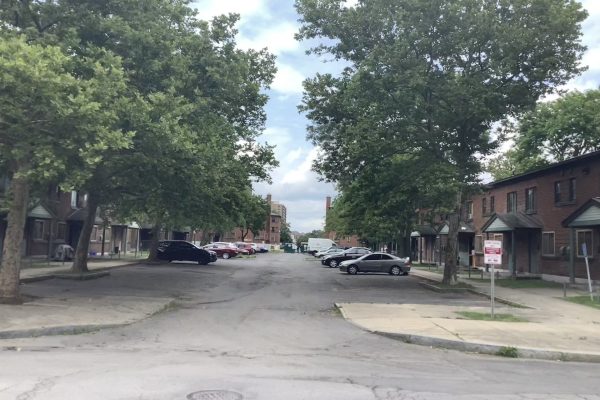OSWEGO, N.Y. (NCC News)- The issue of water pollution has become more prevalent in recent years as previously clean bodies of water have seen increased contamination. The exhibit, Alberto Rey: Biological Regionalism: Oswego River and Lake Ontario, on display inside the Tyler Art Gallery at SUNY Oswego is geared to raise more awareness about this meaningful topic.
The director of the gallery, Michael Flanagan, said that it is important to be aware of your local water bodies and be conscious of pollution because it can get out of control if not attended to.
“Alberto has done art works about rivers in other parts of the world, including a river in Nepal which is extremely polluted,” Flanagan said. “I think that any waterway is vulnerable if people aren’t watching- that’s part of the exhibit is, making people just aware of water as a resource.”
The Great Lakes, of which Lake Ontario is one of, is a precious resource for the United States. The five Great Lakes hold nine-tenths of America’s freshwater supply- just another reason why it is important to be informed about water pollution.
Even if the conditions may not be the best at this point, Flanagan said that it is never too late to fix things and that he has even seen an improvement in the amount water pollution in his lifetime.
“I’ve seen in my lifetime a greater awareness, and I think a reduction in pollution,” Flanagan said. “So, I don’t think it’s ever too late at all, and it can’t be. If it becomes too late, then it’s sort of too late for humans to thrive.”
The Environmental Protection Agency has noted a loss in biodiversity in Lake Ontario, which is concerning because contaminated water doesn’t impact just humans. It takes a toll on the entire ecosystem, including the plants and animals that live there.
Rey included this aspect in his exhibit by including images and drawings of endangered plants. These are done in dark colors, something that Flanagan observed could be indicative of the future without changes.
“There are some sort of darker images of extinct and endangered plants that Alberto connected with from the collections at Rice Creek Field Station,” Flanagan said. “So, the way those are done with a lot of dark browns and blacks has become sort of a cautionary tale, because those plants are things that very well may not be with us in the coming decades.”
Increasing awareness and sparking conversation about the topic of water pollution is a start in the right direction, but without making any real changes we could permanently contaminate our freshwater bodies past the point of recovery.




